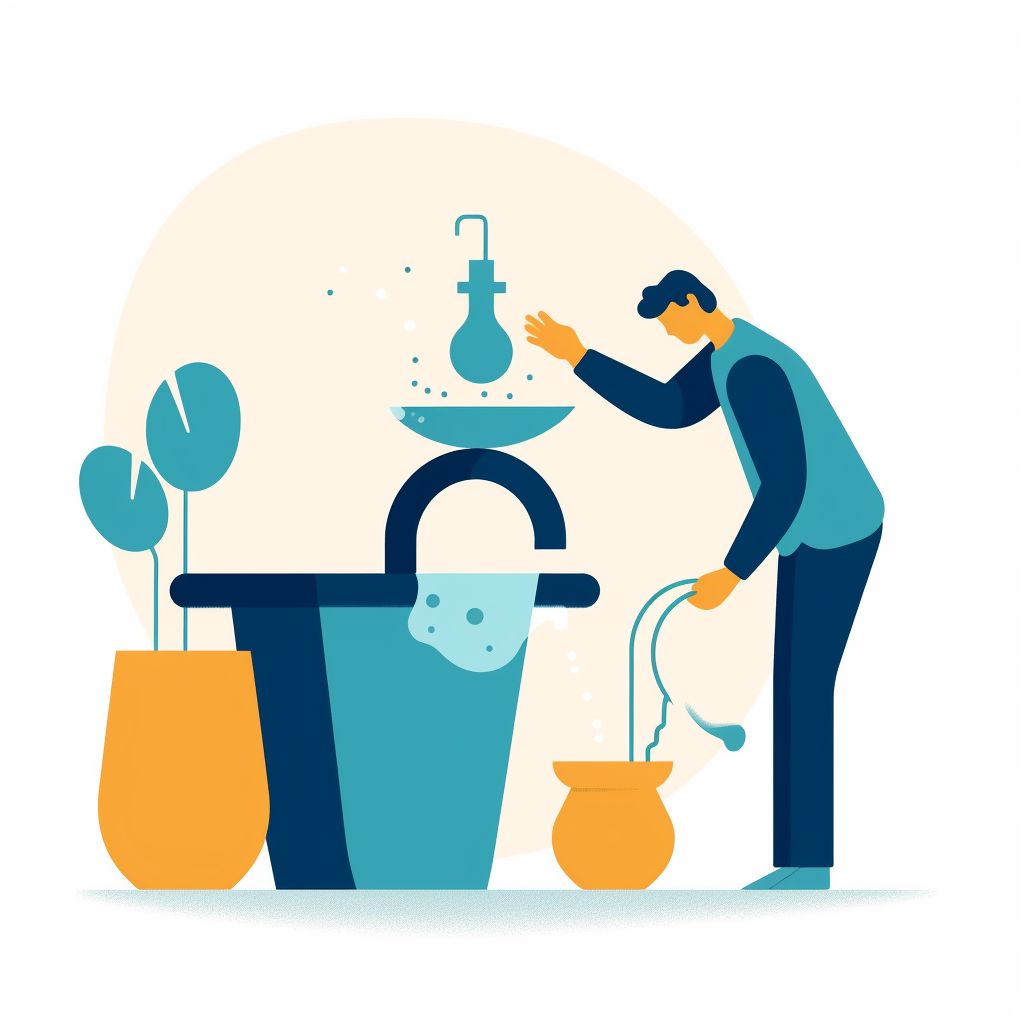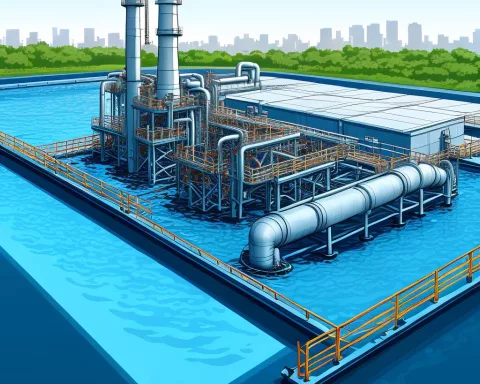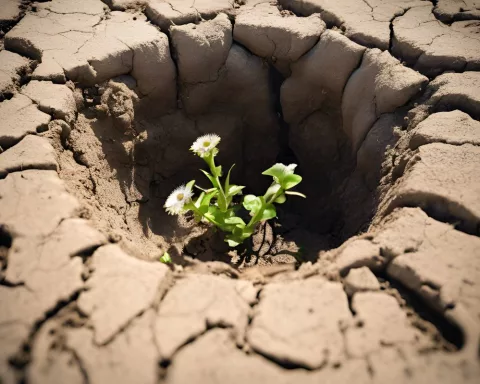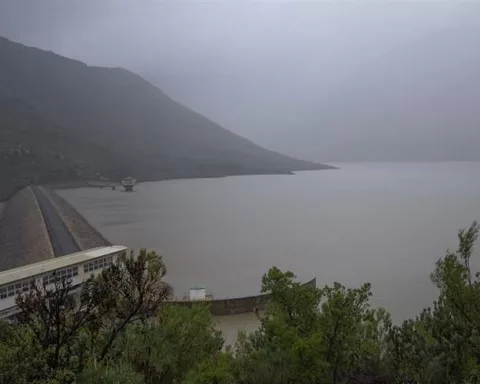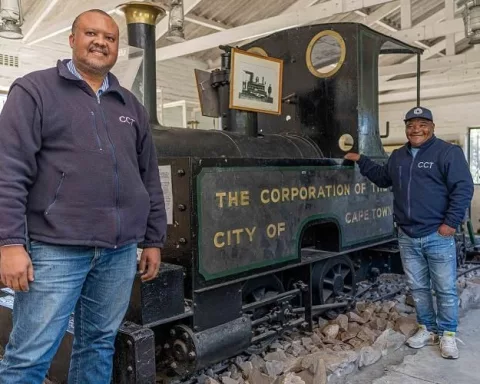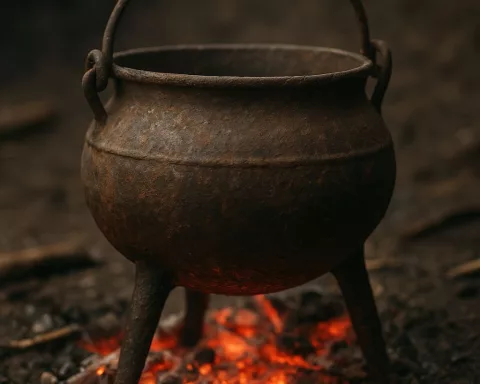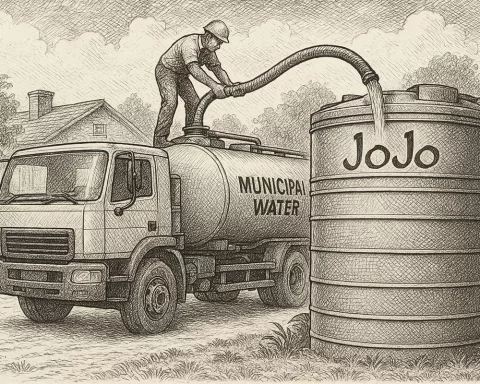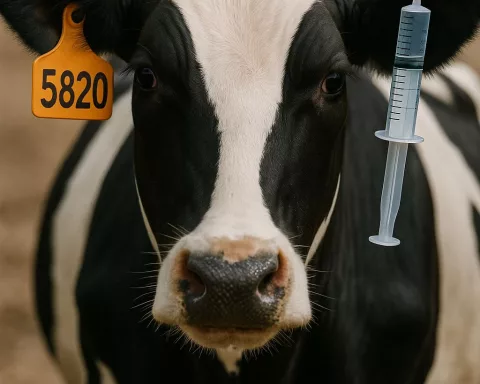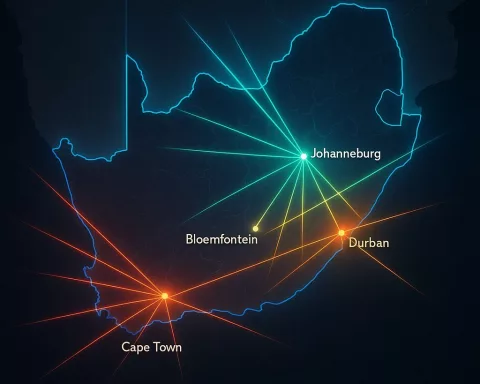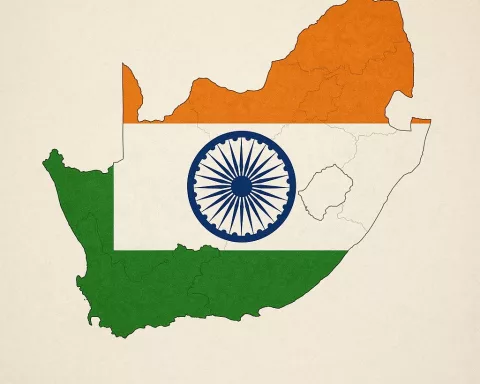The Western Cape in South Africa is facing a slow refill of its dams despite recent rainfall, and the Water and Sanitation Department is encouraging residents to increase their conservation efforts.
Dam Levels in the Western Cape
The Western Cape water supply system comprises six major dams, which are currently at 61.3% capacity, a 2% decrease from the same time last year. The Theewaterskloof dam, which accounts for 45% of the province’s water supply system, is at a critical stage at just 58.66% capacity, significantly lower than last year’s 66.28%. The Gouritz River Catchment is also under 53% full.
Calls for Water Conservation
In response to the low dam levels, Andile Tshona, the department’s acting national spokesperson, has called for intensified water conservation initiatives. He emphasized that water users must develop a culture of saving available resources to ensure water security.
Proposed Strategies for Water Conservation
Various strategies have been proposed, including investing in rainwater harvesting systems, using water-saving alternatives to flush toilets, and recycling greywater for gardening purposes. Simple measures, such as fixing leaky faucets and practicing efficient water usage in daily activities, can also help.
Importance of Water Conservation
As another cold front approaches the area, officials hope that dam levels will rise. However, the current situation is a reminder that South Africa remains a water-scarce country, and everyone must do their part in preserving this precious resource. The collective effort of residents adopting a water-saving culture can play a crucial role in ensuring water security for the province and the entire country.

